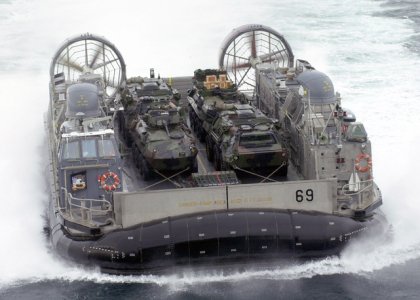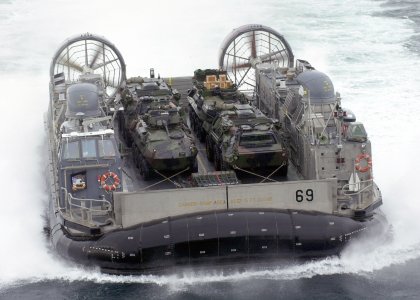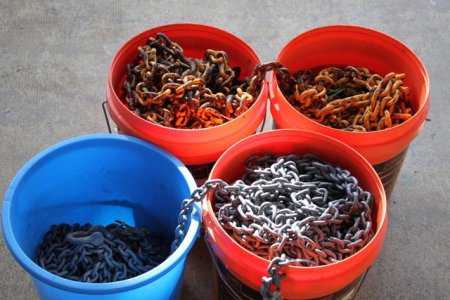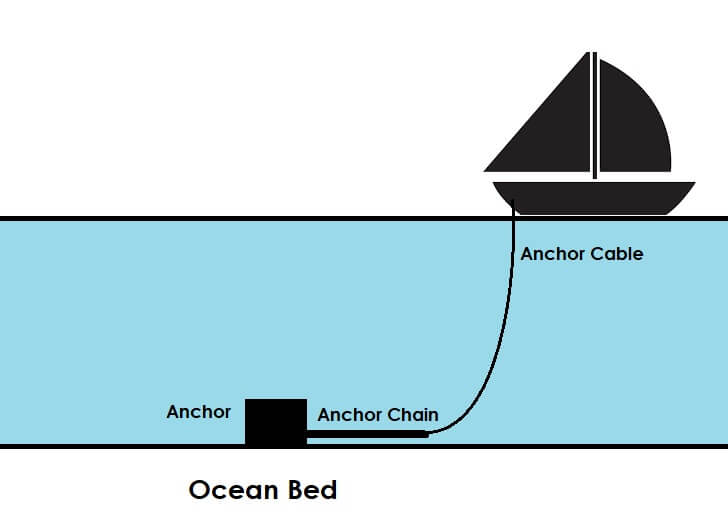Macka1706
Active Member
That would have gone over the side years ago if mine. THE anchor and it's fastenings are your life guard.
Try holding through a Cyclone sometime. Once the galv, starts to look tired and pit. Get it regalved.
I used on my 32ft steel 8.5ton Pugh. 35lb Plough (plus another one in bilges) Swivel 10mm chain x 40ft. with Another swivel,110mtrs of 8mm Galv Industrial chain behind. You ever tried to haul up, by hand or Gypsey a multi twisted chain with a weight on the end of it?.
Second anchor beside it is 85lb Admiralty roped to bow rail ready to deploy as "feel safe" pick I use if my greased, bomb dropper don't give me indication of consistency on strange bottoms. I've gone through too many big blows on my boats over the decades. and watched too many drag picks past me thank you.
I TRUST my anchors. AND the gear behind them, 2 at bow. with another 40lb Sand pick on 40ft of chain and 100mtrs 1 in Nylon in box at Transom as a brake.
I get all my chain/rope, from chain and rope suppliers. It's ALL graded. and tested. Think about High Tensile galved, as soon as it's HOT dipped in the Galv. The H/T (which is a HEAT treatment) is no more, just soft steel again.
I'm an ex Crane/Dragline/Excavator operator all my working life. Lived Chains.Cables and ropes/slings every working day.
Plus 65+ yrs on fishing boats and Sailing. You NEVER see more than SURFACE rusting on any working boat or machine do you.
Hammerlocks we used to join chains they sized/rated to .
ALL shackles . DO NOT use zip ties on pin eyes. Galv or stainless wire only. twisted through eye and round shank. Plus. I always use "neverseize" on all threads under and above the water. Otherwise at least every 6 months. Pull the shackle pins. grease and reset. and dump when galv gone.
Picks and their boat holding bits are working. Life saving bits. Don't even think about it. Just dump it mate.
Another tip. You drifting/being blown onto anything hard. rocks/beaches etc and no propulsion.
Drop your pick on ALL the chain. Hopefully it'll catch/dig in to something till blow over and you still afloat.
It did me once years ago (late '50's) in a timber yacht off N/E England coast (Hartlepool on leave from Army.
Try holding through a Cyclone sometime. Once the galv, starts to look tired and pit. Get it regalved.
I used on my 32ft steel 8.5ton Pugh. 35lb Plough (plus another one in bilges) Swivel 10mm chain x 40ft. with Another swivel,110mtrs of 8mm Galv Industrial chain behind. You ever tried to haul up, by hand or Gypsey a multi twisted chain with a weight on the end of it?.
Second anchor beside it is 85lb Admiralty roped to bow rail ready to deploy as "feel safe" pick I use if my greased, bomb dropper don't give me indication of consistency on strange bottoms. I've gone through too many big blows on my boats over the decades. and watched too many drag picks past me thank you.
I TRUST my anchors. AND the gear behind them, 2 at bow. with another 40lb Sand pick on 40ft of chain and 100mtrs 1 in Nylon in box at Transom as a brake.
I get all my chain/rope, from chain and rope suppliers. It's ALL graded. and tested. Think about High Tensile galved, as soon as it's HOT dipped in the Galv. The H/T (which is a HEAT treatment) is no more, just soft steel again.
I'm an ex Crane/Dragline/Excavator operator all my working life. Lived Chains.Cables and ropes/slings every working day.
Plus 65+ yrs on fishing boats and Sailing. You NEVER see more than SURFACE rusting on any working boat or machine do you.
Hammerlocks we used to join chains they sized/rated to .
ALL shackles . DO NOT use zip ties on pin eyes. Galv or stainless wire only. twisted through eye and round shank. Plus. I always use "neverseize" on all threads under and above the water. Otherwise at least every 6 months. Pull the shackle pins. grease and reset. and dump when galv gone.
Picks and their boat holding bits are working. Life saving bits. Don't even think about it. Just dump it mate.
Another tip. You drifting/being blown onto anything hard. rocks/beaches etc and no propulsion.
Drop your pick on ALL the chain. Hopefully it'll catch/dig in to something till blow over and you still afloat.
It did me once years ago (late '50's) in a timber yacht off N/E England coast (Hartlepool on leave from Army.
Last edited:




